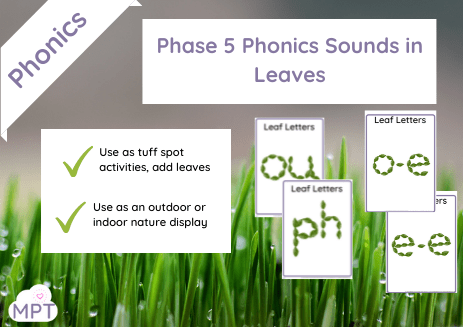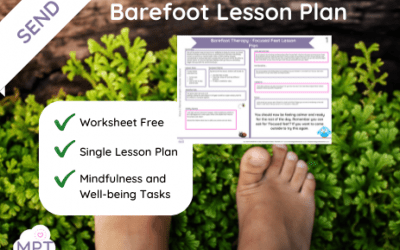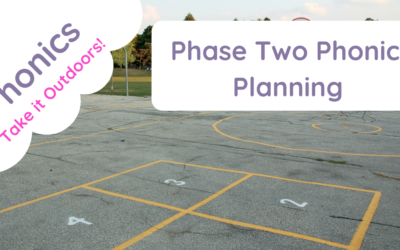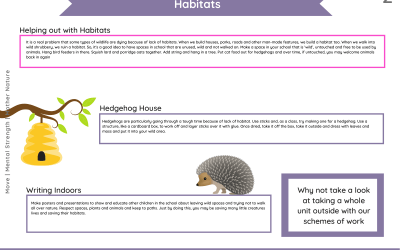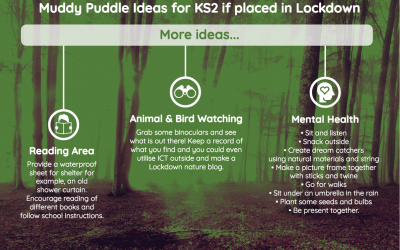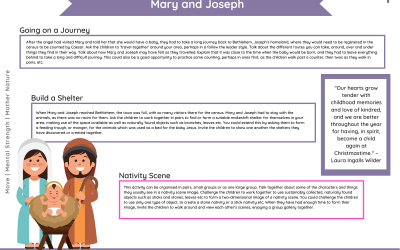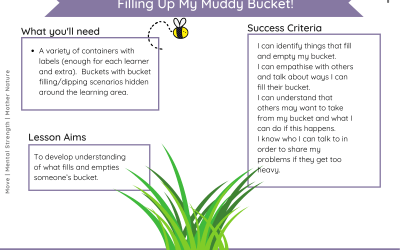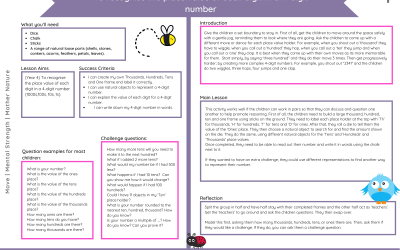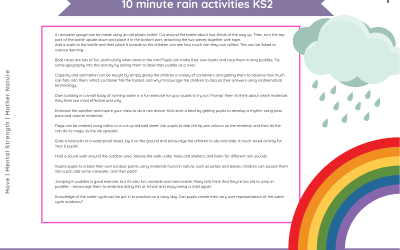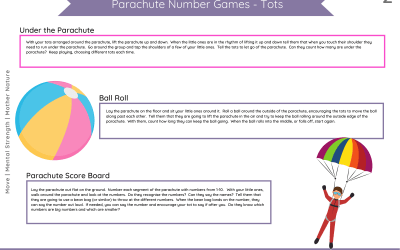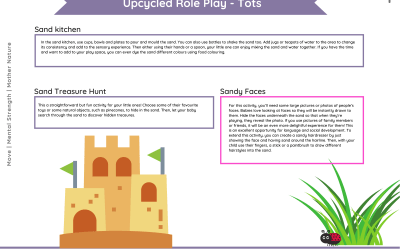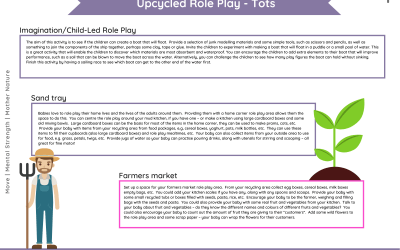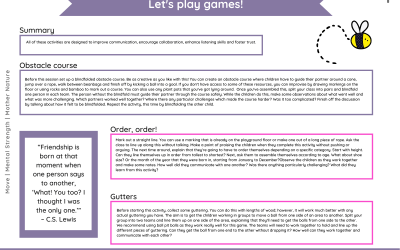(Outdoor eBook)Board Game Doubling to 10 Use Board Game Doubling to 10 to take doubles outside, in the fresh air...
Outdoor eBook -KS1 Comprehension Florence
Jan 6, 2021
Outdoor eBook -KS1 Comprehension Florence Use KS1 Comprehension Florence eBooks to take comprehension outside making...
Focused Feet Barefoot Therapy
Dec 30, 2020
Focused Feet Barefoot Therapy One of the easiest ways to improve our well-being is simply to remove our shoes!...
Phase Two Phonics Planning (Outdoors)
Dec 30, 2020
Teaching Phase Two Phonics Outdoors: Engaging Children in Early Literacy Teaching phonics is a crucial step in early...
Houses and Homes – KS1
Dec 30, 2020
Take House and Homes Topic outside the muddy way! Enhance and dive deeper into the childrens learning by using natural...
Habitats
Dec 30, 2020
Use Habitats ideas pack to help you get your class hands-on with this area of Science this year. Teaching this kind...
BLOG: Outdoor Learning at Home Ideas
Dec 9, 2020
Outdoor Learning at Home can often be somewhat a drain if the child has been at their desk all day. So why not...
Nativity Ideas Pack (Take it Outside!)
Dec 9, 2020
Use Nativity ideas pack to use natural resources and take the learning of this area outside. There is something...
Filling up a Bucket (KS2)
Dec 8, 2020
Use Filling up a Bucket KS2 to take your wellbeing lessons outside sing natural resources to inspire you. This lesson...
World Tiger Day EYFS (Ideas Pack)
Dec 7, 2020
World tiger day EYFS is a very important day to raise awareness of the beautiful animal that is the tiger. ...
Place Value (Year 4) – To recognise the place value of each digit in a 4-digit number
Dec 7, 2020
Use Place Value Year 4 - To recognise the place value of each digit in a 4-digit number to take more of your maths...
10 minute rain activities (KS2)
Dec 7, 2020
Use 10 minute rain activities (KS2) to help get the older kids outside loving life for all it gives us. ...
Filling up a Wellbeing Bucket (Early Years Outdoors)
Dec 7, 2020
Filling up a wellbeing bucket could not be more perfect for The Muddy Puddle Teachers. We are all about wellbeing and...
Setting up an outdoor classroom (Handout)
Dec 7, 2020
Use Setting up an outdoor classroom to help create an outdoor space that is practical, easy to use and nurtures your...
Parachute Games (Numbers)
Dec 5, 2020
The Benefits and Advantages of Parachute Games in Schools Parachute games have become a staple in physical education...
Mud and Sand Play Ideas
Dec 5, 2020
Use Mud and Sand play ideas to get more of the in the moment ideas across that will draw your curiosity in your...
*FREE*Upcycled Role Play – Tots
Dec 4, 2020
Use Upcycled Role Play - Tots to help add some drama into your provisions. Upcycling teaches children how to respect...
Teaching social skills outdoors
Dec 3, 2020
Use Teaching social skills outdoors ideas pack to help children learn and master social skills in natural...
New In
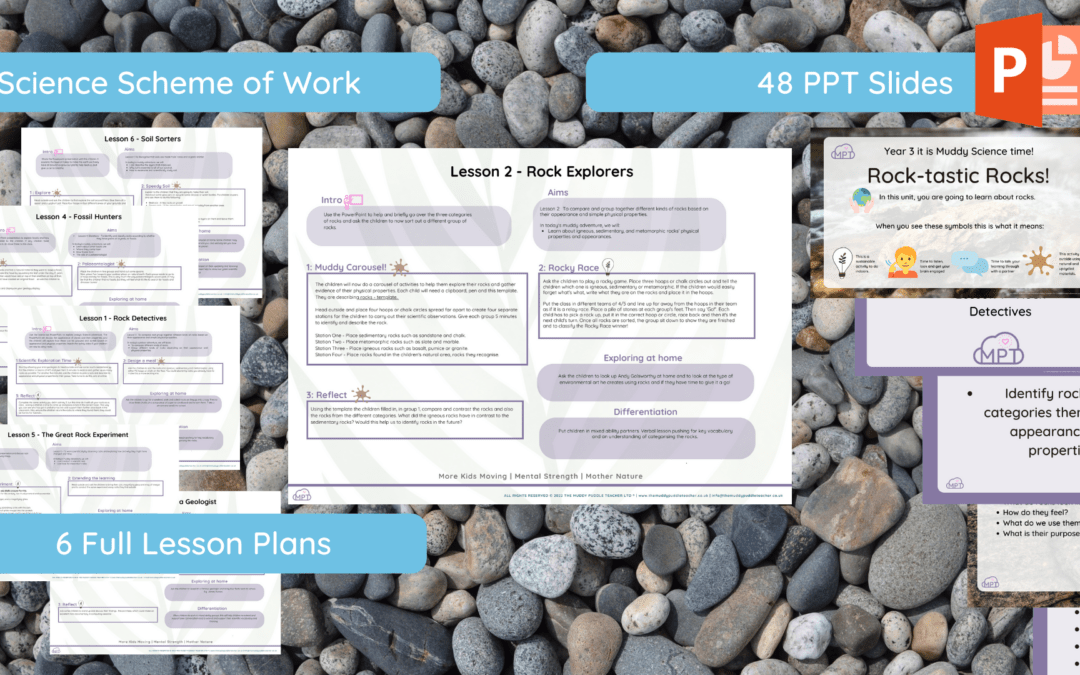
Rocks Scheme of Work (Year 3)
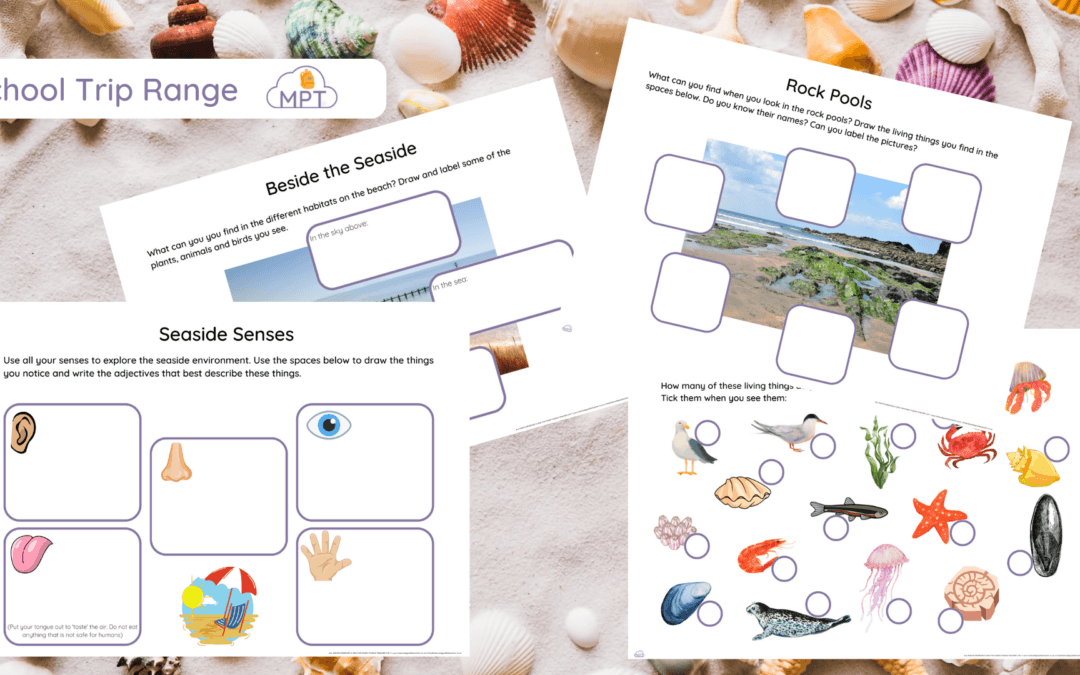
School Trips – Beach Resources Pack
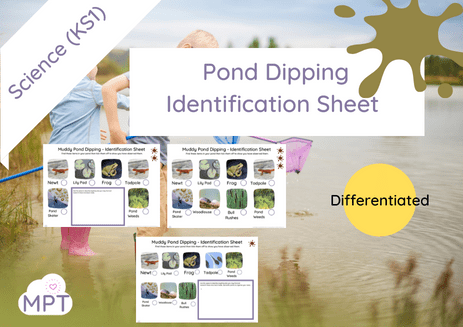
Pond Dipping Identification Sheet ( Differentiated) KS1
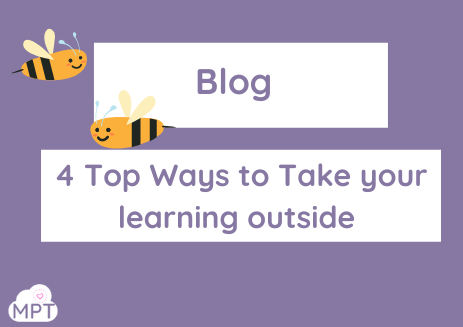
4 Top Ways to take your learning outside!

Outdoor Learning Coordinators Award (Level 6)
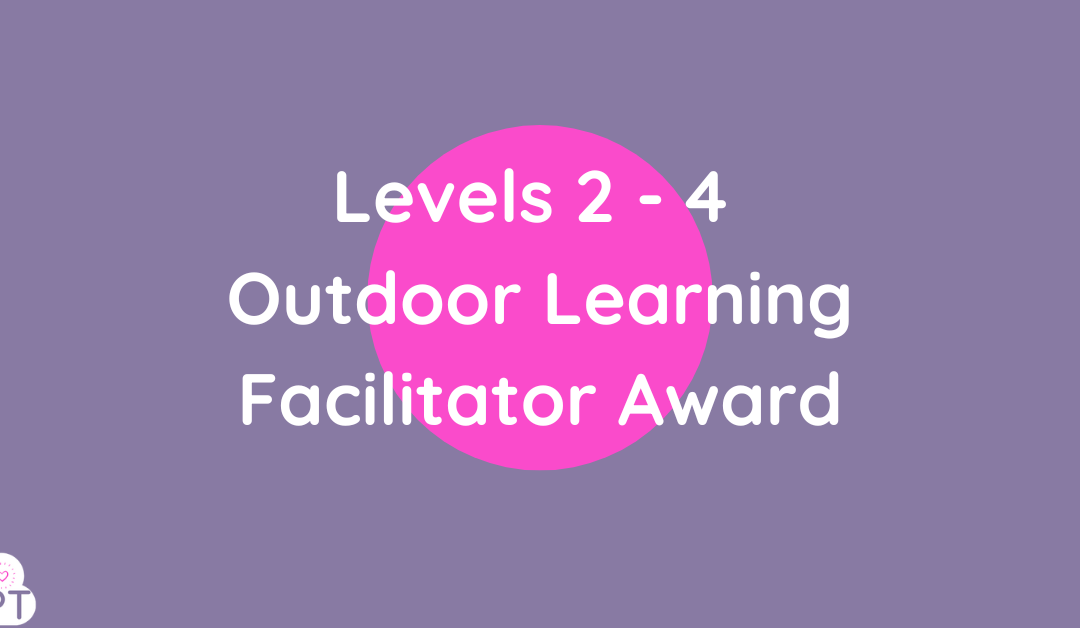
Outdoor Learning Practictioner Award (Levels 2-4)

Muddy Lanyard Challenges (Art Outdoor Continuous Provision)

Outdoor Learning Starter Course (Level 1)

Muddy Lanyard Challenges – 2D and 3D shapes
